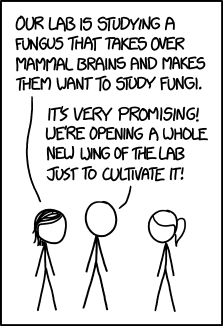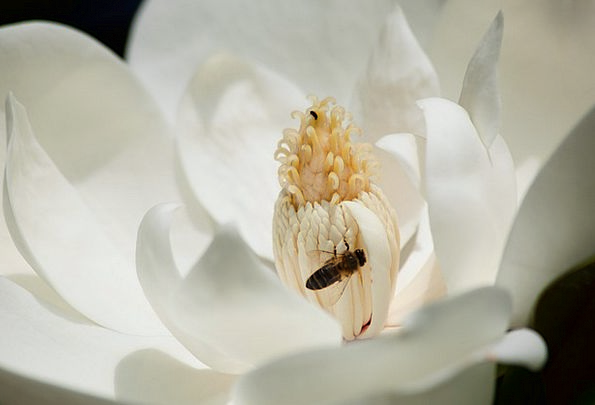Randall Munroe is not making this process up. Consider the single-celled amoeba-like parasite responsible for toxoplasmosis:
Toxoplasma gondii is known to remove rodents’ innate fear of cats. …. The microbe is a single-celled pathogen that infects most types of mammal and bird, causing a disease called toxoplasmosis. But its effects on rodents are unique; most flee cat odour, but infected ones are mildly attracted to it. This is thought to be an evolutionary adaptation to help the parasite complete its life cycle: toxoplasma can sexually reproduce only in the cat gut, and for it to get there, the pathogen’s rodent host must be eaten.
The mechanism offers an attractive take on human addictions to certain plant alkaloids. From the point of view of an opium poppy, coca shrub, or cannabis plant, its human commensals - Afghan peasants, Colombian drug smugglers and Californian advocates for marijuana legalisation - are all just useful idiots, unwitting allies in increasing its reproductive chances in the tangled bank of life.
You think plants don’t have the nous to follow toxoplasma? Consider this brilliantly successful innovation, a device to manipulate a huge range of animals into spreading pollen more efficiently than wind:
Magnolia flower, an early example (up to 95 myr BP).
Credit
* * * *
Any reader attending Mark’s cannabis policy summit at NYU on April 17-18 should feel free to reuse this. I’m not going. Bunch of speciesists if you ask me.

